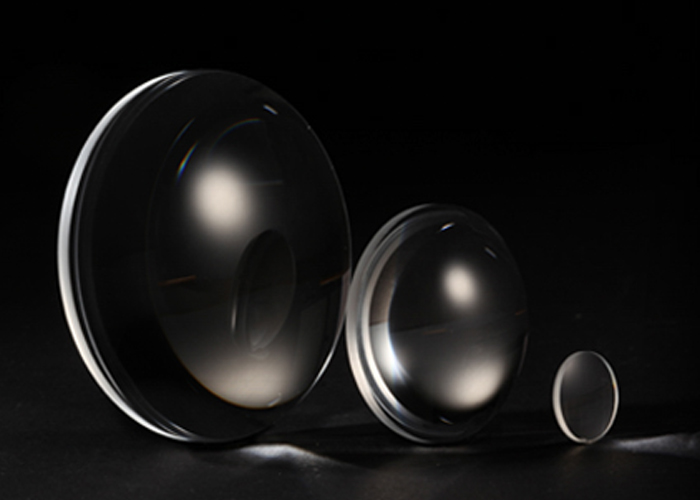The working principle of optical lenses
Pulished on Aug. 01, 2025
The working principle of a lens is based on the law of refraction of light. When light travels from one medium to another, such as from air into the lens material, the direction of light propagation changes. This is the phenomenon of refraction. The lens, through its special curved surface design, causes light to refract after passing through the lens, thereby achieving the convergence or divergence of light.
1.For convex lenses, when parallel light rays pass through the lens, they refract and intersect at a point, which is called the focus. There are two focal points. One is in the object-side space and is called the object-side focal point. Another one is in the image square space and is called the image square focus. The light passing through a convex lens can form an inverted, magnified real image or an upright, magnified virtual image, depending on the relative position of the object to the lens.
2. For concave lenses, parallel light rays will diverge after passing through the lens and cannot form a real focus. However, along the reverse extension line of the scattered light, a virtual focus can be found on the same side of the projected light. The image formed by a concave lens is always a smaller, upright virtual image of the object.












